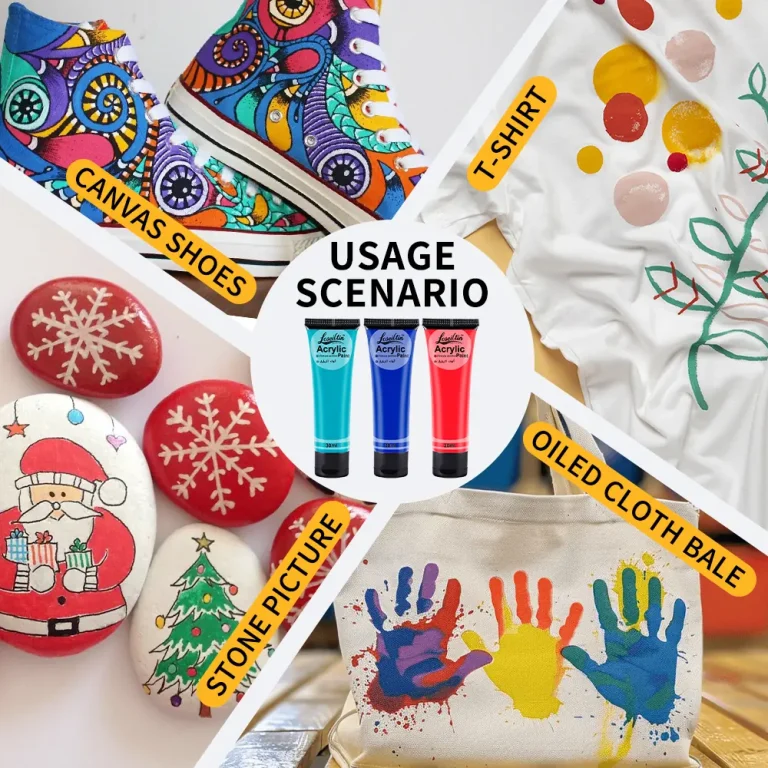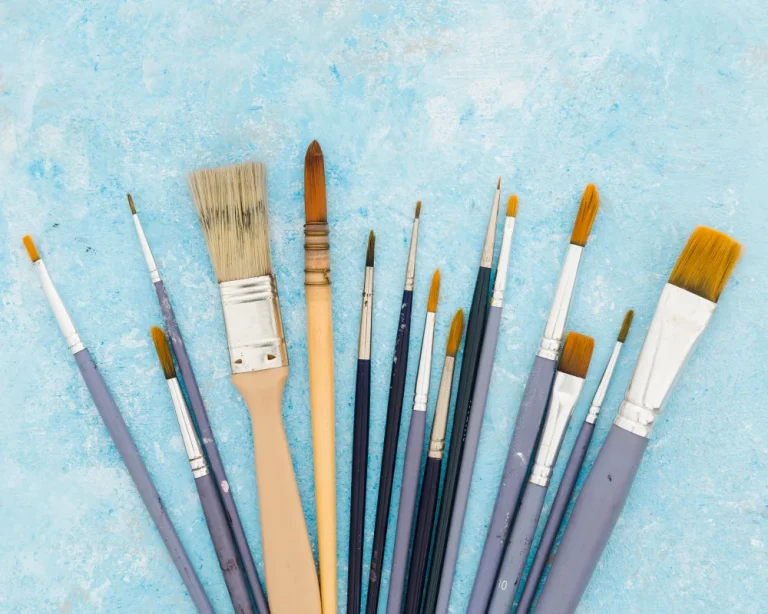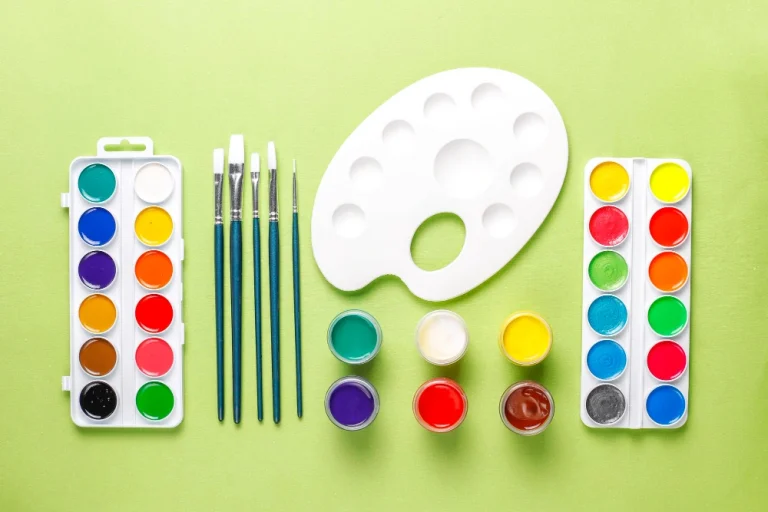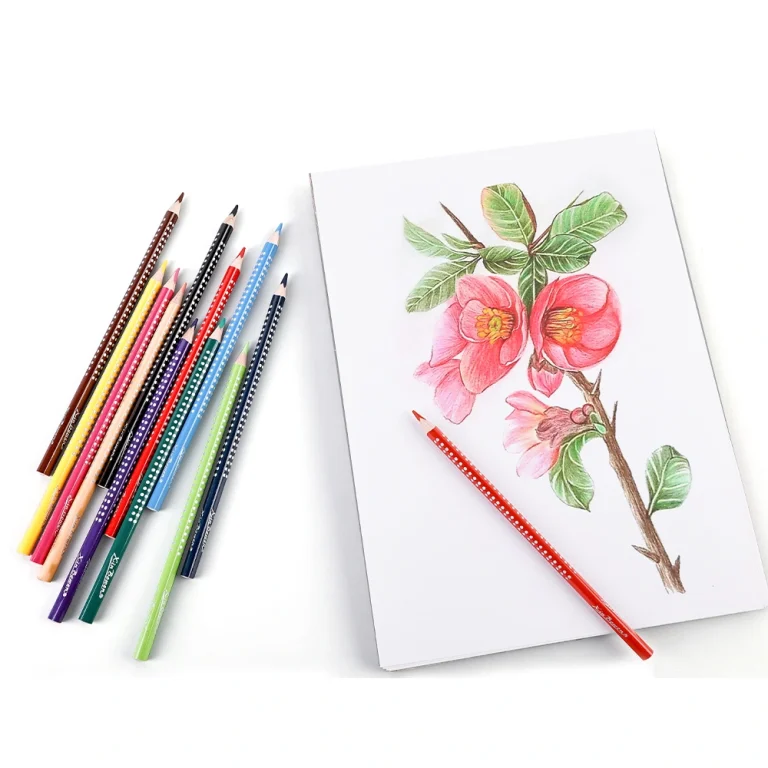
How Do Different Brush Shapes Affect Acrylic Techniques?
Getting to Know Flat, Filbert, and Round Brushes
When you dive into acrylic painting, figuring out how brush shapes change your art is super important. Flat brushes are awesome for big, bold strokes. They cover wide patches easily and make crisp, neat edges. Their squared tips let you spread paint nicely and evenly. Filbert brushes, though, mix the perks of flat and round brushes. Their oval tips are great for blending colors smoothly or softening hard lines. Round brushes are crazy flexible. You can use them for skinny lines, tiny details, or strokes that get wider or narrower depending on how much you press.
These three brushes are the core of most acrylic painting tricks. For instance, in our handy guide for acrylic painting with specialized brushes, we tell folks to start with a flat brush to slap on base colors. Then, you can switch to a filbert or round brush to tweak the finer bits.
When to Grab Fan, Angular, or Detail Brushes for Acrylics
Fan brushes are fantastic for adding texture to your work. They’re perfect for dry brushing, which makes stuff look like grass, hair, or leafy trees. Angular brushes—sometimes called slanted or shader brushes—are super useful. They let you paint tight corners or curvy lines with precision while still covering a good chunk of space. These are great for newbies learning basic acrylic brush moves since they give you control but aren’t too stiff.
Detail brushes with their pointy tips (like round or liner kinds) are key for fancy, detailed stuff. They help you draw thin lines, tricky patterns, or soft highlights without a hassle.
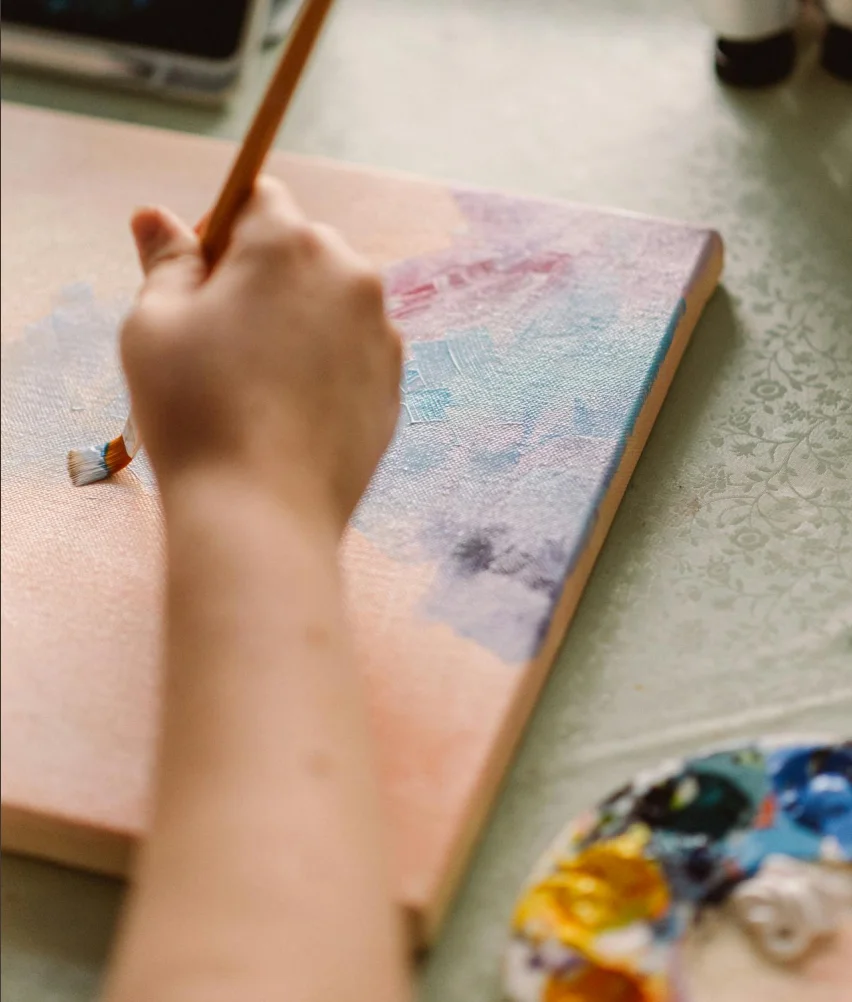
What Should You Think About When Picking Brushes for Acrylics?
Bristle Type: Synthetic vs. Natural for Acrylic Paint
Choosing the right brush for acrylics comes down to what the bristles are made of. Nylon brushes, built from synthetic fibers, are a solid pick. They’re bendy, soak up water well, and clean up in a snap. That makes them awesome for acrylics and watercolors, so it’s no shock they’re a crowd favorite. That’s why nylon brushes are some of our top-selling products.
Natural animal hair brushes, though, are better for watercolors since they’re softer. With fast-drying acrylics, they can wear out quickly unless they’re treated specially to handle the paint.
Handle Length and How It Feels to Use
Brushes have short or long handles, depending on what you’re doing. Short handles are great for close-up work, like adding small details at a desk. They give you more control. Long handles work better when you’re standing at an easel. They let you make big, loose strokes without feeling cramped.
We group our brushes based on what painters need. For example, we’ve made brushes for both pros and beginners. We tweak handle lengths to make sure they feel comfy, even if you’re painting for hours.
Why Brush Spring and Paint Holding Matter
Brush spring is how bristles pop back to their original shape after you paint. It’s super important for clean, sharp strokes or layering colors without a mess. Paint holding is about how much color a brush can carry before you need to dip it again.
For our pro-level brushes, we use top-notch nylon and treated animal hair. These give awesome spring and hold a ton of paint, so your strokes stay smooth on all sorts of surfaces.
Can Custom Brushes Make Your Paintings Pop?
How Xin Bowen’s Custom Brushes Boost Your Skills
With over 15 years of making and customizing brushes, we care about every little step, from picking raw materials to crafting the final piece. Our custom acrylic brushes are made to fit what each artist wants, like bristle firmness or ferrule type, to help you nail your work.
Our quality team keeps a close eye on every part of the process. This makes sure each custom brush hits global standards, like CPC or EN71 certifications, so they’re safe and dependable.
Building Brushes to Match Your Style
Whether you’re painting giant murals and need tough, long-handled synthetic flat brushes or working on super-tiny details and want fine liners with cozy grips, we’ve got you covered. Xin Bowen shines by offering high-quality brushes with all kinds of tip shapes. This means every artist can find a tool that feels just right for their creative vibe.
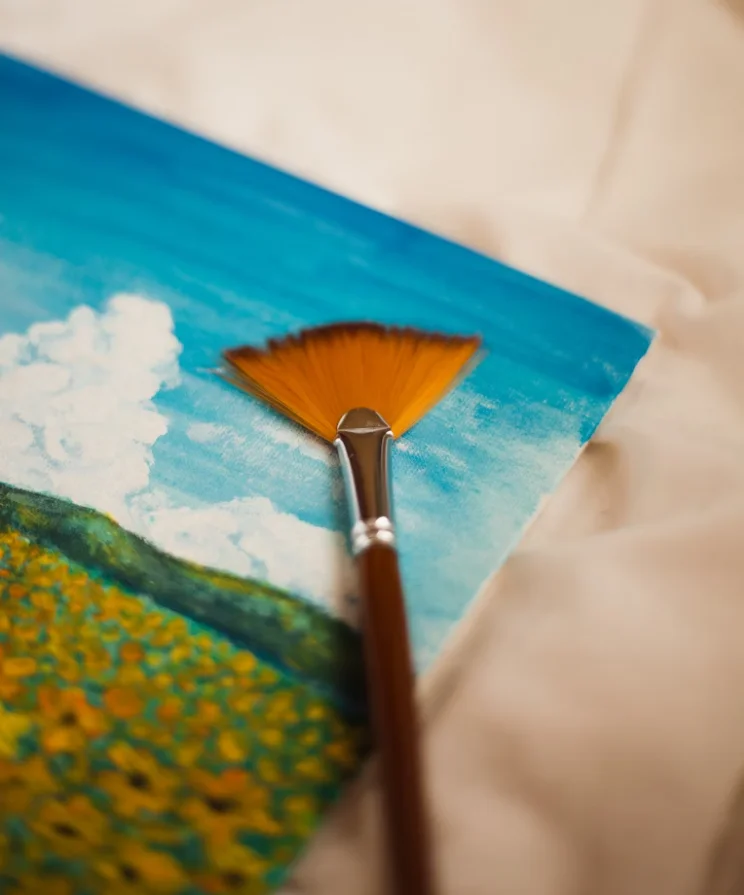
What Techniques Can You Pull Off with Specialized Acrylic Brushes?
Adding Texture with Dry Brushing and Stippling
Dry brushing uses just a smidge of paint on stiff-bristled fan or flat brushes. It’s awesome for making textures, like rusty metal or beat-up wood. Stippling means tapping round detail brushes onto the canvas. This makes dotted patterns or smooth color shifts.
Picking the right brush for these tricks really matters. The tool you use shapes how the texture comes out in your art.
Getting Smooth Blends and Gradients
For clean, pro-looking color blends, grab soft synthetic filbert brushes or mop-style ones. These are built for wet-in-wet painting, letting colors melt into each other without jagged lines.
This trick is one of the best ways to blend acrylics, especially for portraits or dreamy, misty backgrounds.
Line Work, Edge Control, and Glazing with Precision Brushes
For glazing—putting thin, see-through layers over dry paint—soft, round detail brushes give you killer control. They let you place paint right where you want without messing up what’s underneath. Angular shader brushes are great for sharp edges, even on curvy shapes.
These special brushes show how custom tools can make your acrylic paintings look sharper and more polished, no matter what style you’re going for.
FAQ
Q: What’s the best brush for newbies using acrylics?
A: Flat synthetic nylon brushes are perfect for beginners. They’re tough, clean up easily, and work for all sorts of basic painting moves. Our beginner-level brushes are made with this in mind, so they’re easy to spot and use.
Q: Can watercolor brushes work for acrylics?
A: You can use them for a bit, but natural hair watercolor brushes wear out fast with acrylics’ quick-drying nature unless you clean them well after every session. Our high-quality nylon brushes, which are soft but springy, work great for both because they hold water so well.
Q: How do I fix bent bristles?
A: Dip them in warm—not hot—water for a minute and gently reshape them with your fingers. Bristles can bend during shipping, but this quick fix gets them back in shape safely.



